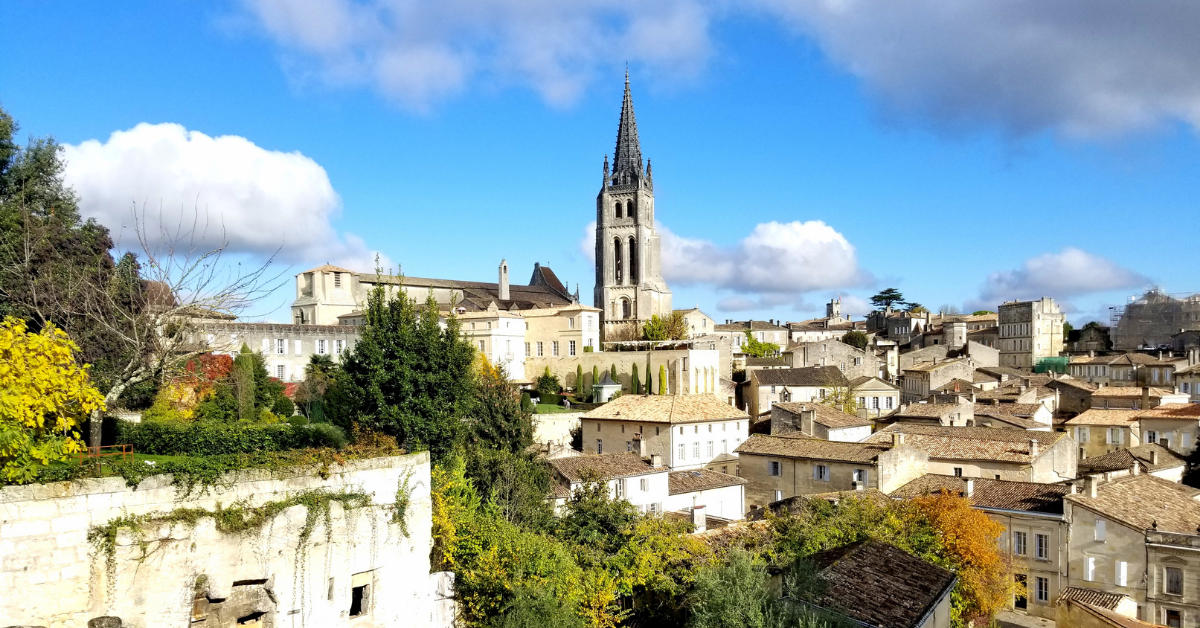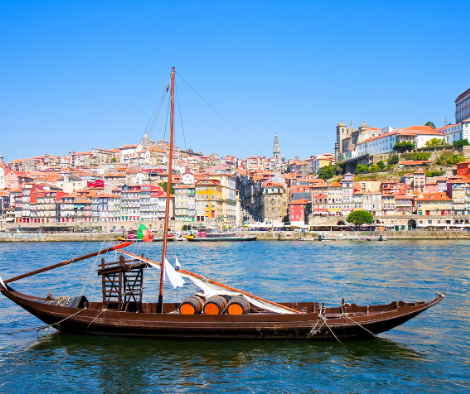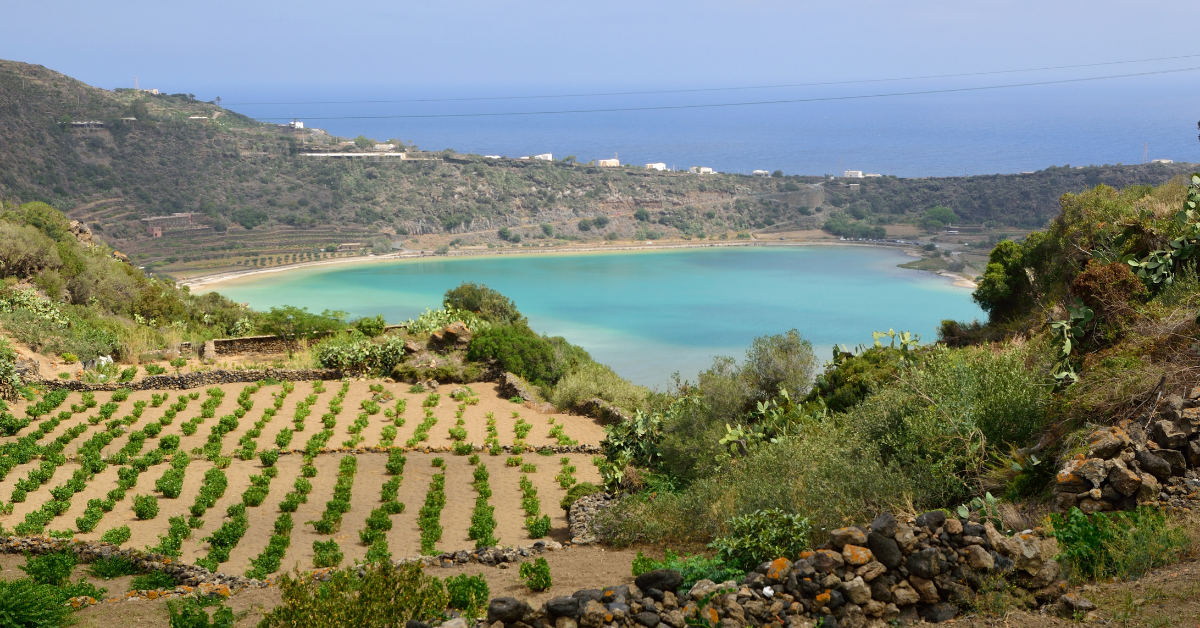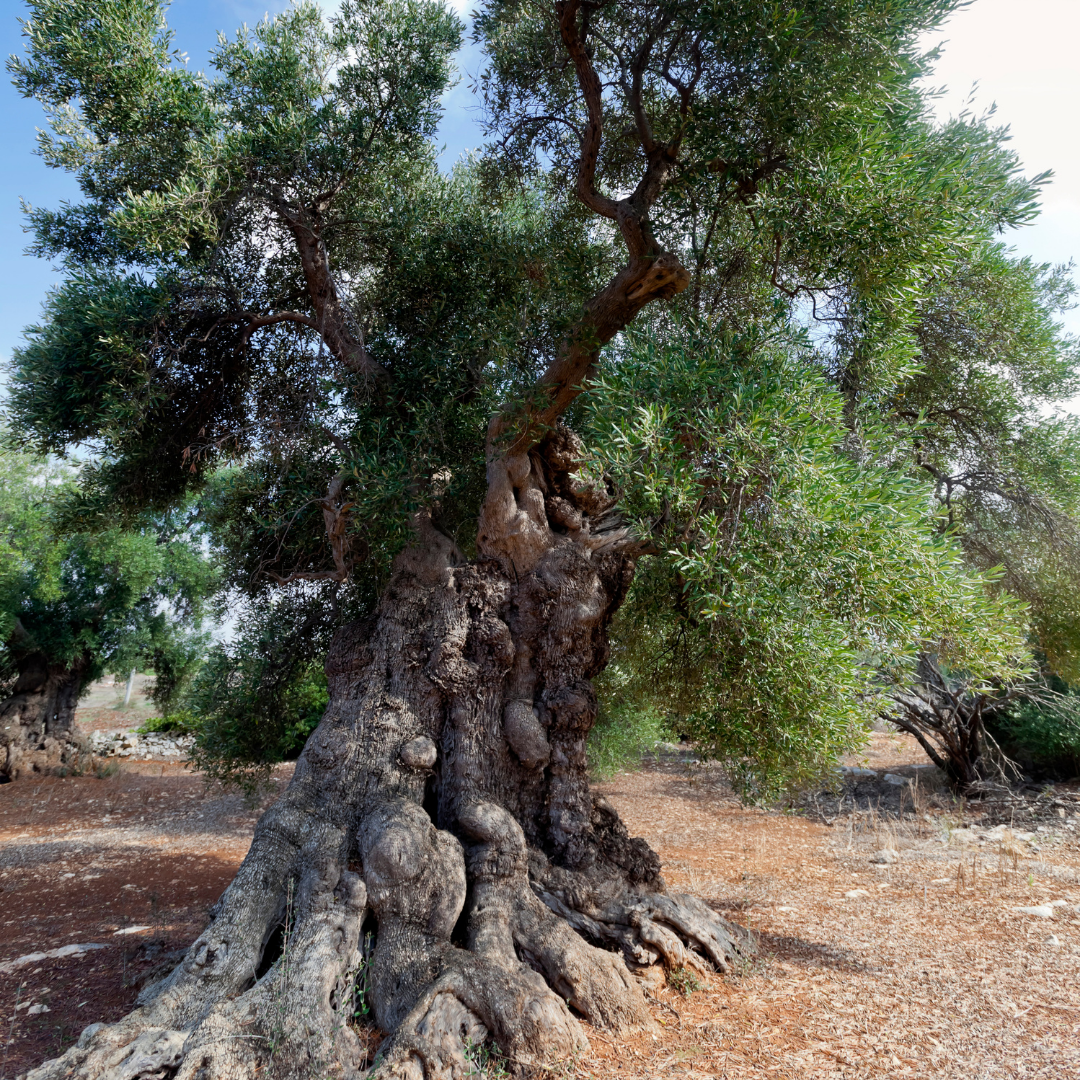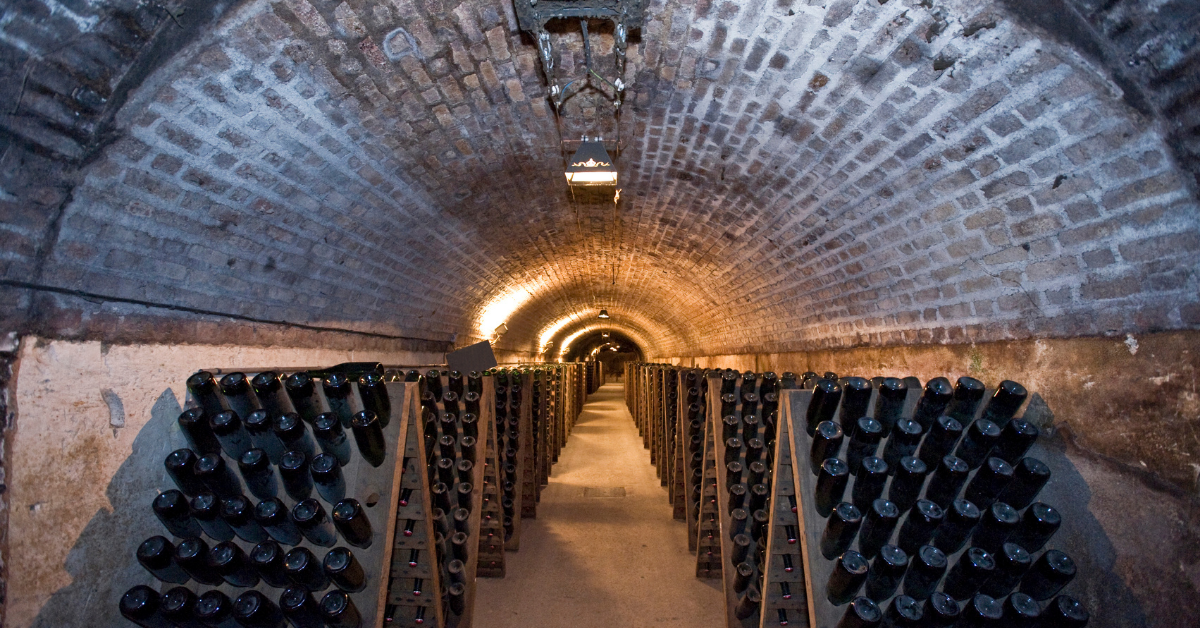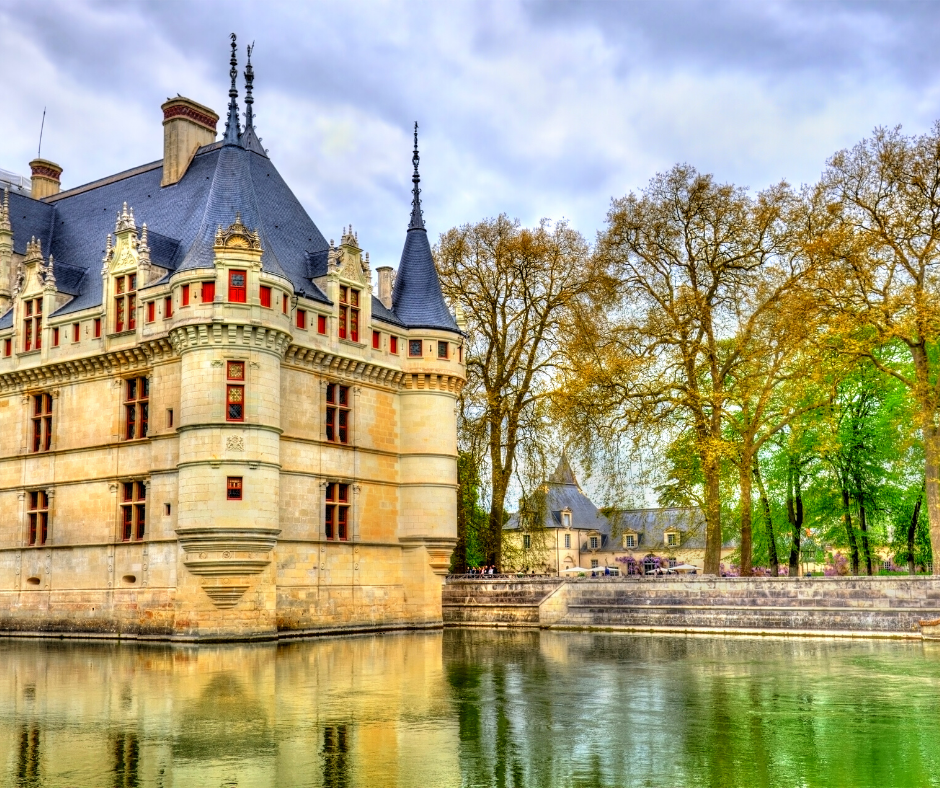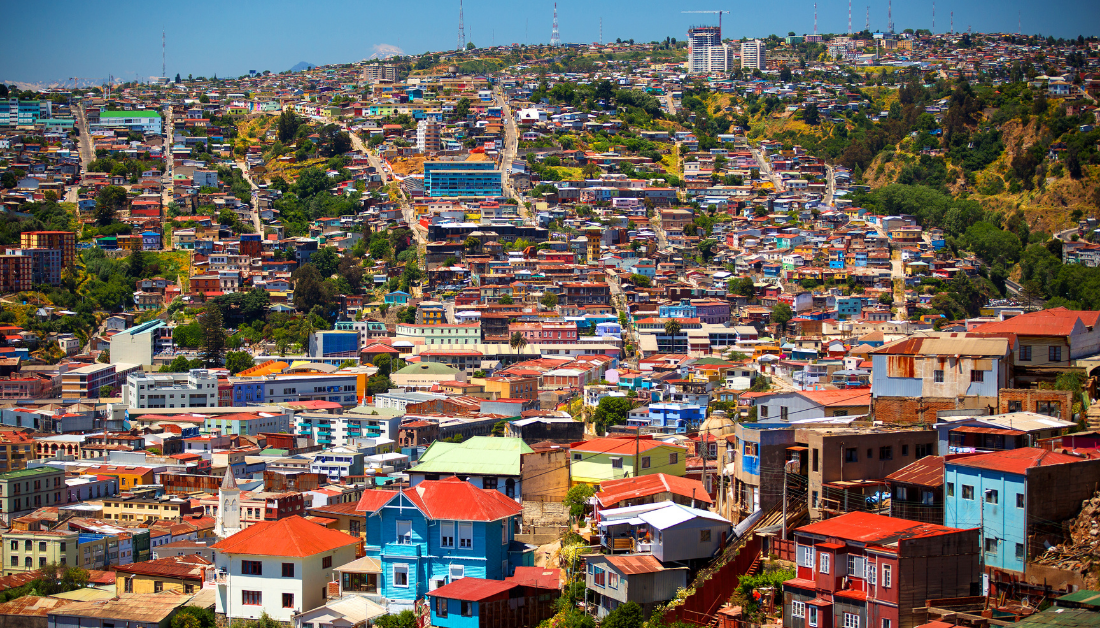Sip Your Way Through History and Heritage
Carol Wolniakowski
What do Machu Picchu, the Roman Colosseum and Easter Island all have in common? Each receives special recognition and protection as a UNESCO World Heritage Site. When travelling to different destinations around the globe, these Sites are highlighted as important cultural and natural areas to visit - Sites so precious that significant resources are spent to preserve and protect their ongoing legacy.
It may surprise you to know that many wine regions around the globe are home to UNESCO-designated sites (just one of the reasons I say there is so much more to wine country than wine!).
But what, exactly, is a UNESCO World Heritage Site? And which wine regions boast the most Sites?
The United Nations Educational, Scientific and Cultural Organization (UNESCO) seeks to encourage the identification, protection and preservation of cultural and natural heritage around the world considered to be of outstanding value to humanity. This is embodied in an international treaty called the Convention concerning the Protection of the World Cultural and Natural Heritage, adopted by UNESCO in 1972.
Sites designated as a UNESCO World Heritage Site receive special protection and care from the organization. UNESCO’s goal is to keep human and natural history intact so we can learn from the authentic experience each location offers. Sites can be buildings like the Kremlin in Moscow, natural wonders like the Great Barrier Reef in Australia, or even entire cities like Jerusalem.
How is a World Heritage Site selected? To be included on this list, the site must be of outstanding universal value and meet one of ten selection criteria. Some of these criteria include: (1) representing a masterpiece of creative genius; (2) exhibiting an important interchange of human values; (3) bearing a unique or exceptional testimony to a cultural tradition or to a civilization; and (4) containing superlative natural phenomena or areas of exceptional natural beauty.
Many wine regions around the world lay claim to World Heritage Sites. Some Sites are related directly to winemaking, such as the vineyards themselves, while others are cultural or historical in nature.
Bordeaux, France is a stellar example. In fact, the city of Bordeaux is the largest urban UNESCO World Heritage Site. It’s collection of incredible architecture, monuments and river ports are designated as an exceptional urban ensemble. Further, the jurisdiction of Saint-Emilion became the world’s first viticultural area to attain UNESCO status, with its unique agricultural landscape, winemaking history and inspirational historic monuments.
The other extraordinary wine regions in France are home to UNESCO sites as well, including: the underground cellars in Champagne; the climats of Burgundy; the chateaux in the Loire Valley; the Roman ruins of the Rhône Valley; the historic centre of Strasbourg in Alsace; the Palace of the Popes in Provence; and the walled city of Carcassonne in the Languedoc-Roussillon - among many others.
France is hardly the only wine region to boast UNESCO World Heritage Sites. Here are some additional wine regions to explore:
Wachau Valley, Austria - This wine region is classified as a protected cultural landscape due to its incredible architecture of monasteries, castles, and ruins, urban design, and agricultural use - primarily grapevines planted on the slopes along the Danube River.
Valparaiso, Chile - The historic quarter of the seaport city of Valparaíso is recognized as an excellent example of late 19th-century urban and architectural development in Latin America.
Stari Grad Plain, Croatia - The Stari Grad Plain on the Adriatic island of Hvar is a cultural landscape that has remained practically intact since it was first colonized in the 4th century BC. It is recognized for its ancient system of land division and agricultural activity, mainly centering on grapes and olives.
Georgia - The Qvevri winemaking method is designated as an Intangible Heritage of Humanity. This ancient process uses an egg-shaped earthen vessel for making, ageing and storing the wine.
Upper Middle Rhine Valley, Germany - This region along the Rhine River is recognized for its dramatic natural landscape of steeply terraced vineyards and hilltop castle ruins. It also is named a significant cultural landscape for its critical transport route, as well as its natural beauty that strongly influenced artists of all kinds - poets, painters, and composers.
Tokaj, Hungary - The Tokaj wine region is designated a Cultural Historic Landscape due to its long history and tradition of producing its famous Tokaj wines.
Piedmont, Italy - The vineyard landscape of Langhe-Roero and Monferrato is recognized for its stunning natural beauty, the architectural and historical diversity of wine production and ancient art of winemaking.
Prosecco, Italy - Le Colline del Prosecco di Conegliano e Valdobbiadene - The vineyard hills of Conegliano and Valdobbiadene are designated by UNESCO for its landscape characterized by ‘hogback’ hills, ciglioni (small plots of vines on narrow grassy terraces), forests, small villages and farmland.
Pantelleria, Italy - The traditional viticulture practice of cultivating the head-trained bush grapevines, ‘vite ad alberello,’ is classified as an Intangible Cultural Heritage of Humanity on this island in southern Italy.
Douro Valley, Portugal - The Alto Douro wine region is recognized for its dramatic landscape of steeply terraced vineyards along the Douro River. The Historic Centre of Oporto, Luiz I Bridge and Monastery of Serra do Pilar are together also UNESCO-designated as an outstanding urban landscape with a 2,000-year history.
Pico Island, Portugal - Pico Island is named for its incredible landscape and vineyard culture, with long, linear walls running inland from the rocky coastline protecting thousands of plots of vines. The extensive system of small fields, as well as the buildings, pathways and wells, ports and ramps, were produced by generations of farmers enabling the production of wine.
Cape Floral Region, South Africa - This unique region is designated as one of the most special places for plants in the world in terms of diversity, density and number of endemic species.
Lavaux, Switzerland - The Lavaux Vineyard Terraces, stretching the south-facing northern shores of Lake Geneva, are UNESCO-designated for their unique landscape tracing back to the 11th century.
Charlottesville, Virginia, United States - Thomas Jefferson's Monticello home and plantation along with the University of Virginia, both designed by Jefferson, are recognized for their architectural and cultural significance.
Culture, history and heritage go hand-in-hand with wine, so it's no wonder many wine regions are recognized on the UNESCO list. Even if a particular wine region is not designated as a UNESCO site, there are no doubt many Heritage Sites nearby in that country (Italy alone has 58 UNESCO Sites!).
Joining other wine lovers on a European river cruise is a great way to incorporate culture and history. You can visit multiple UNESCO sites in one trip - all without packing and unpacking! Hosted by a wine expert or vintner, these cruises are the ultimate way to explore wine country. Join me on my hosted sailing through Bordeaux in July, 2022! We will spend time in the incredible city of Bordeaux and taste our way through the ultimate wine region. Click here for more info or contact us today to save your spot!

